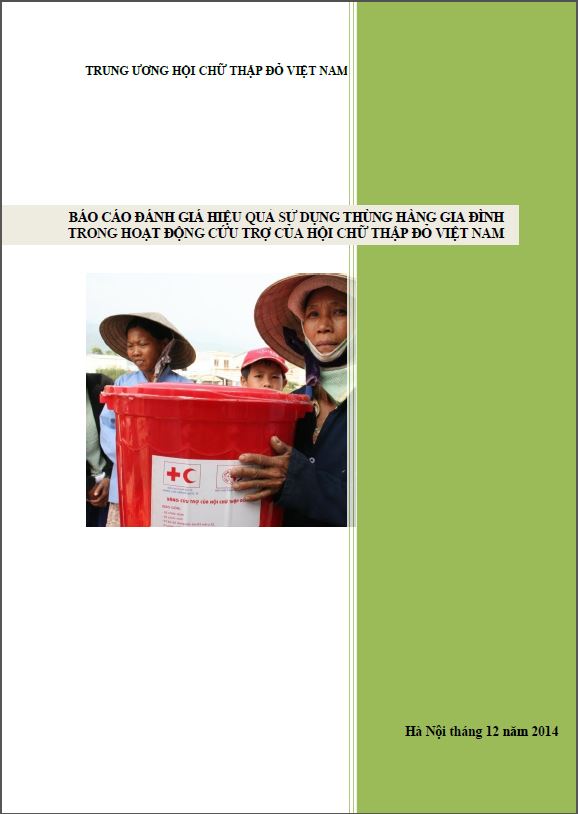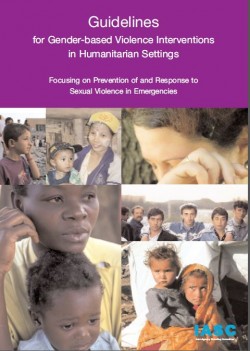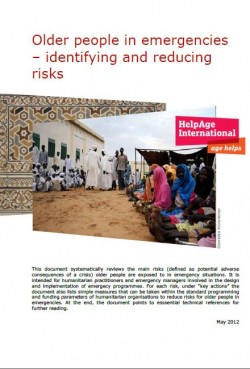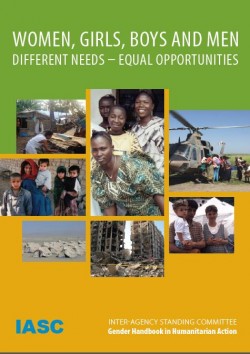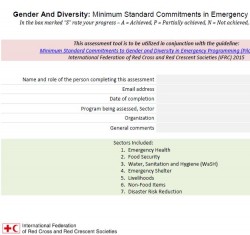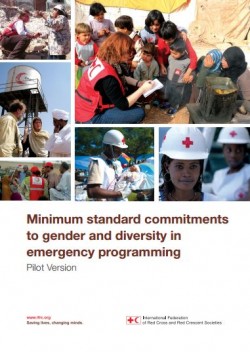Purpose:
The “Assessment of the effectiveness of using household (HH) kit in relief activities of the VNRC” aims to:
- Assess the effectiveness of HH kit used by VNRC in relief activities in recent years, which focus on assessing the relevance of the relief items in the HH kit and distribution method.
- Propose adjustments for using HH kit in the relief activities by VNRC in Vietnam in the near future, which define the structure and form of relief items, HH kit container and distribution method.
Overview:
Recommendations in the findings include:
- VNRC to consider providing HH kits in emergency phase to households whose houses were burned, collapsed or swept way due to flood and lost all items.
- Do not need to conduct beneficiary selection meeting for those special cases in order to conduct timely response for mass media right after the disaster happened; or need to conduct beneficiary selection meeting (where the households partly affected by disaster) during the time of shipping HH kit from the warehouse to affected place.
- VNRC national headquarters need to transport HH kit to the regional warehouse or to a number of disaster-prone provinces having sufficient storage conditions. Allocate to provincial chapters to stockpile and purchase a certain amount of HH kit ready in their area (depending on local storage conditions and level of disaster).
- Use agents with sufficient capacity to supply HH kits (already signed annual framework contracts) to ship HH kits directly to the affected areas.
- The provincial chapters proactively develop plan and implement the PDRT to assess damage and needs with quality information in order to shorten the assessment time (no later than 3 days after the natural disasters occurred) and report promptly to the VNRC national headquarters. The provision and distribution of HH kits should take place within 10 days after the disaster occurred.
The report is available in both English [0.79 MB, pdf] and Vietnamese [0.77 MB, pdf]
![]()


